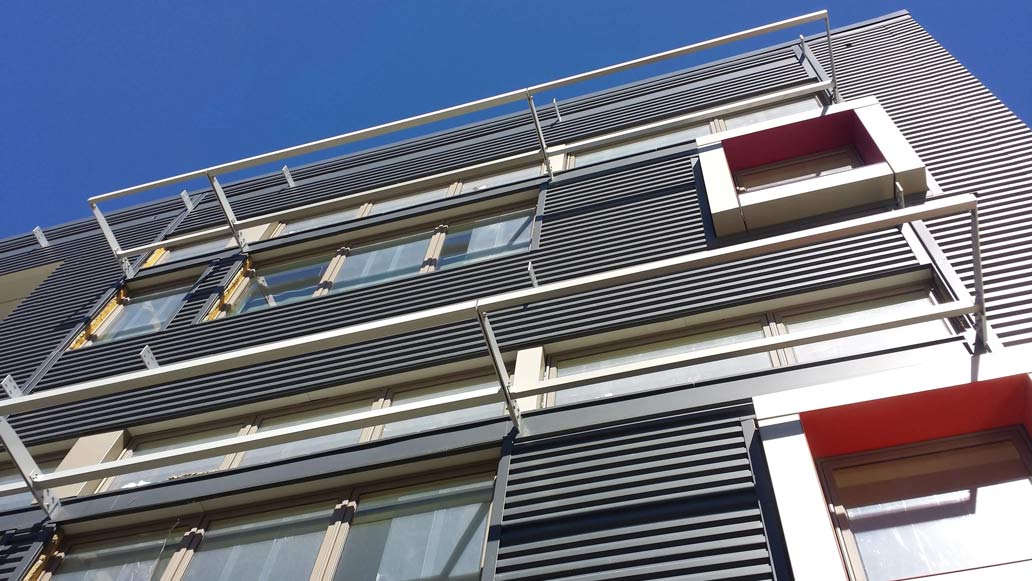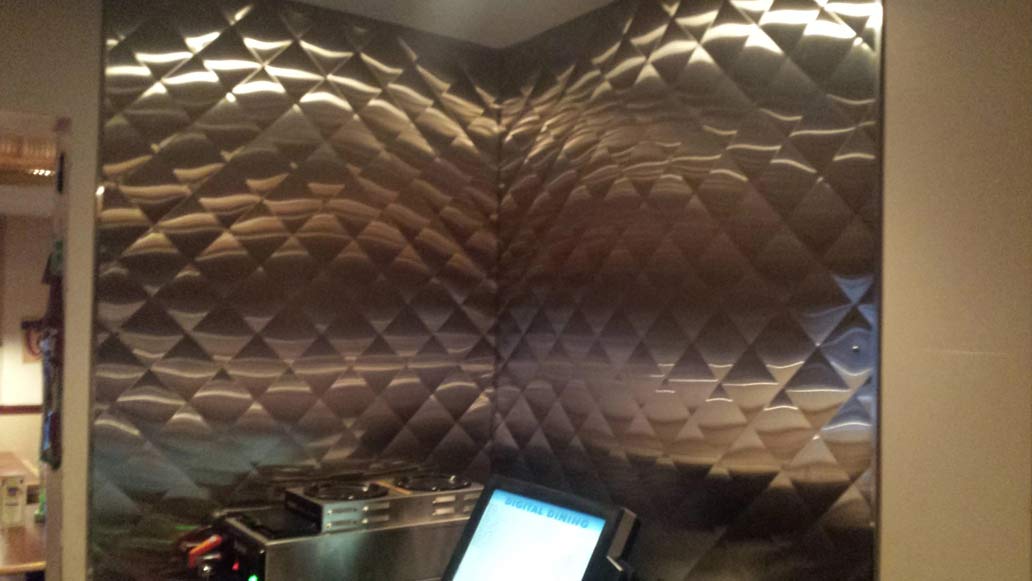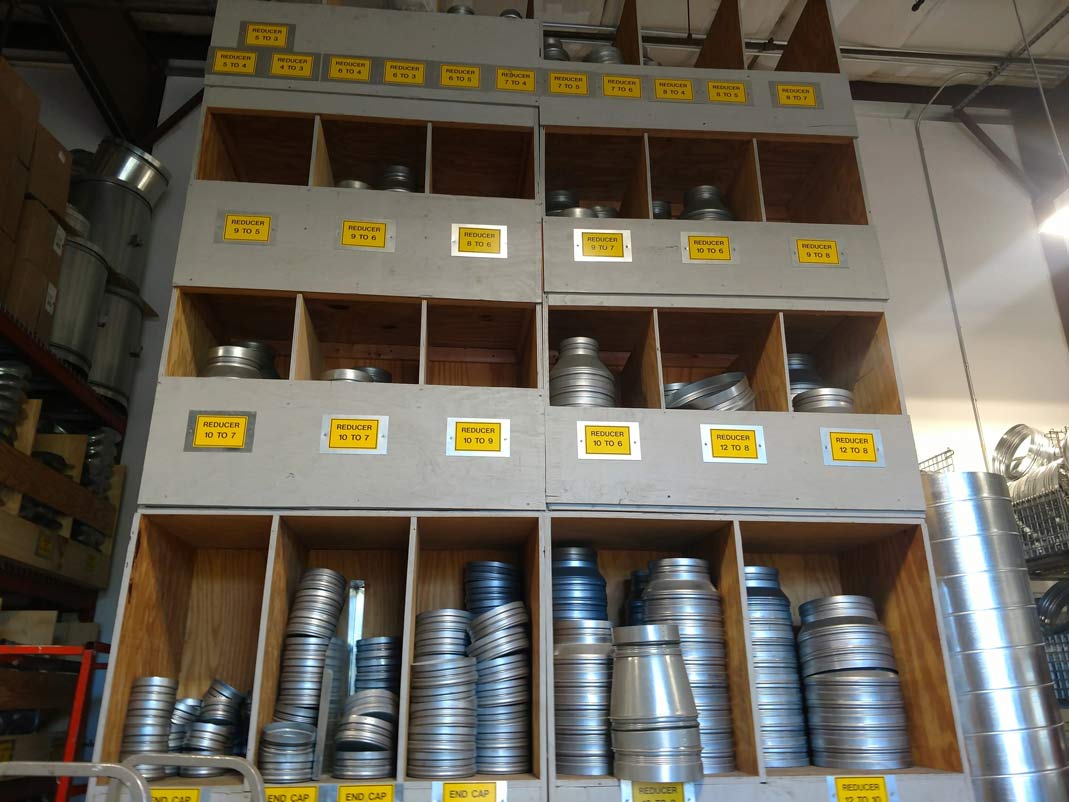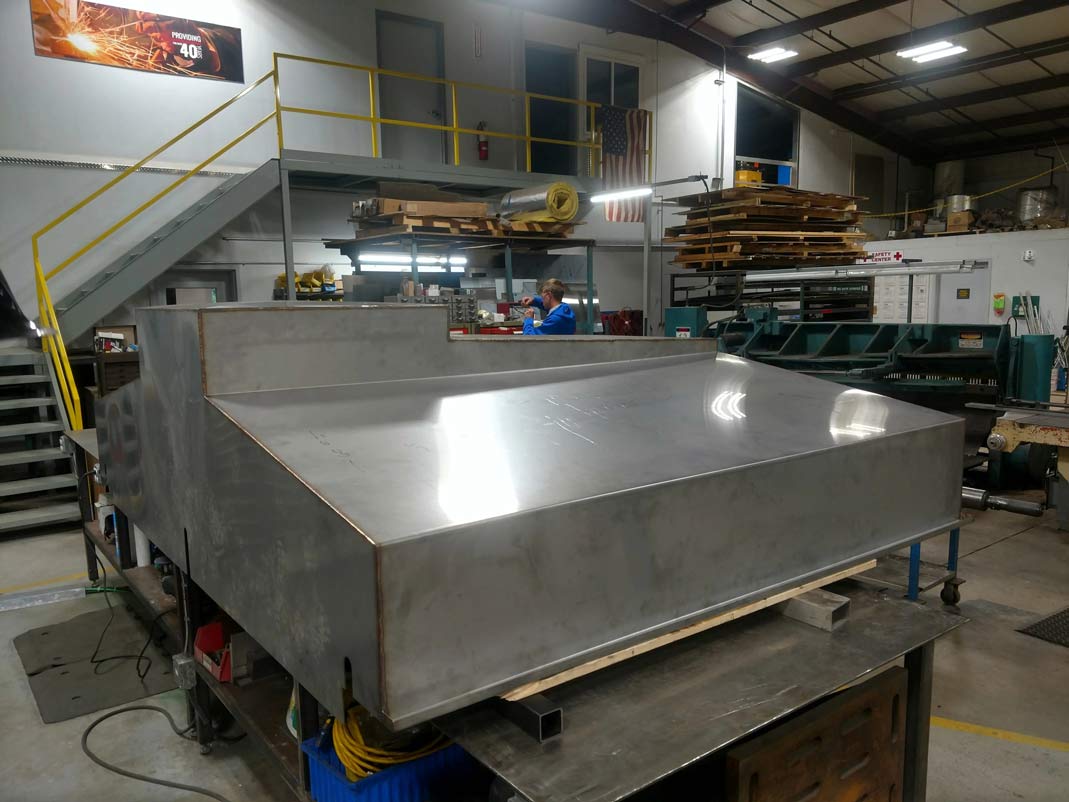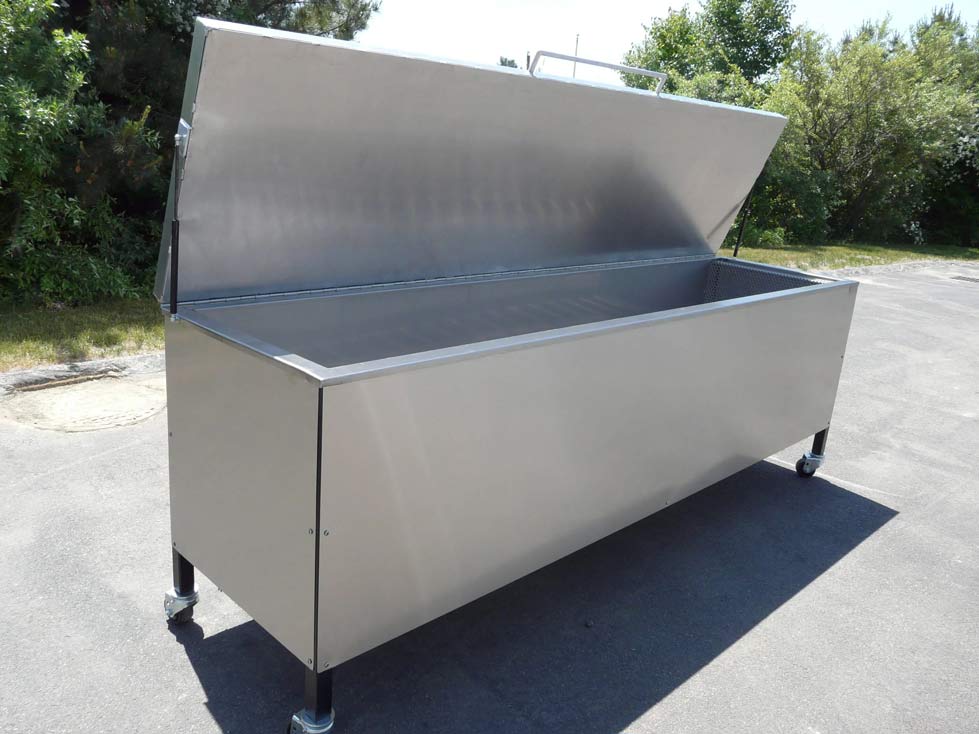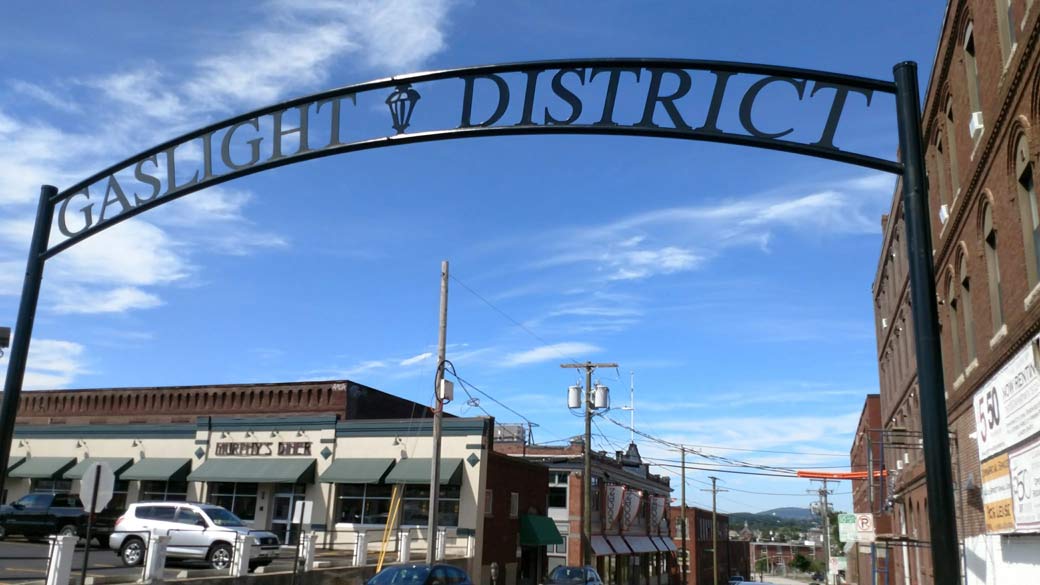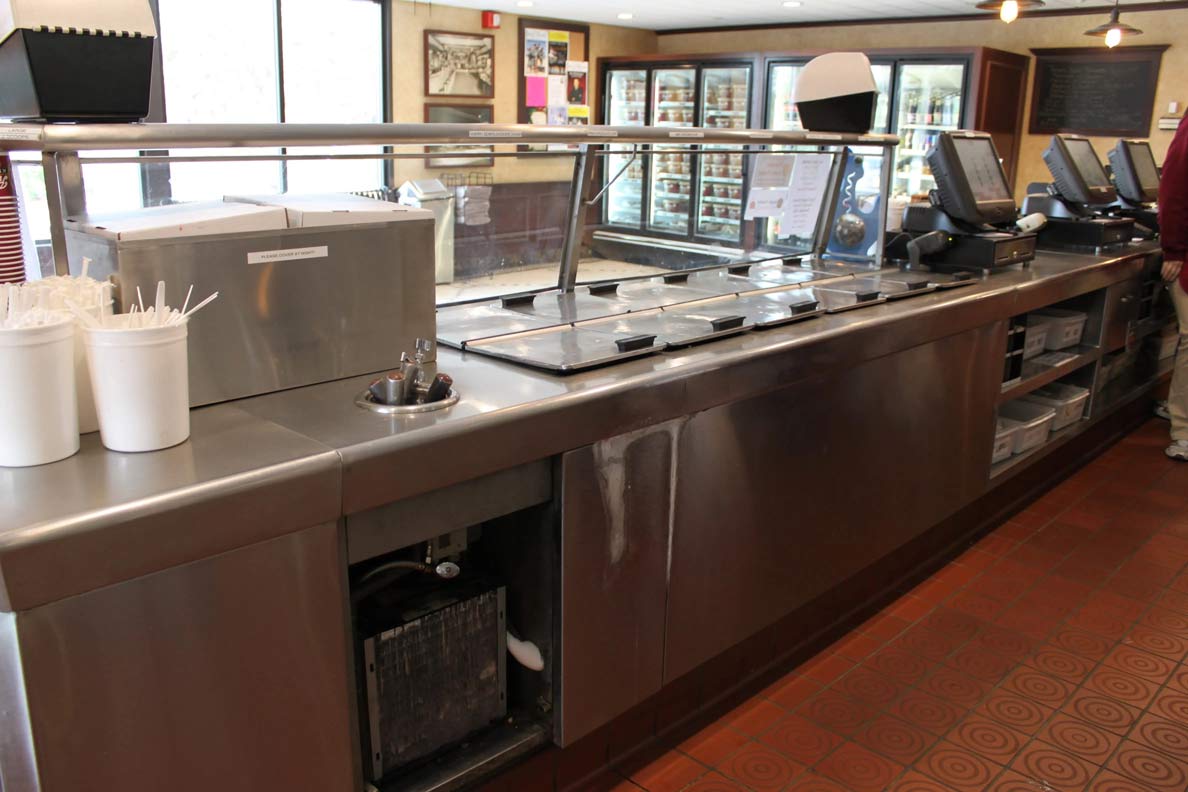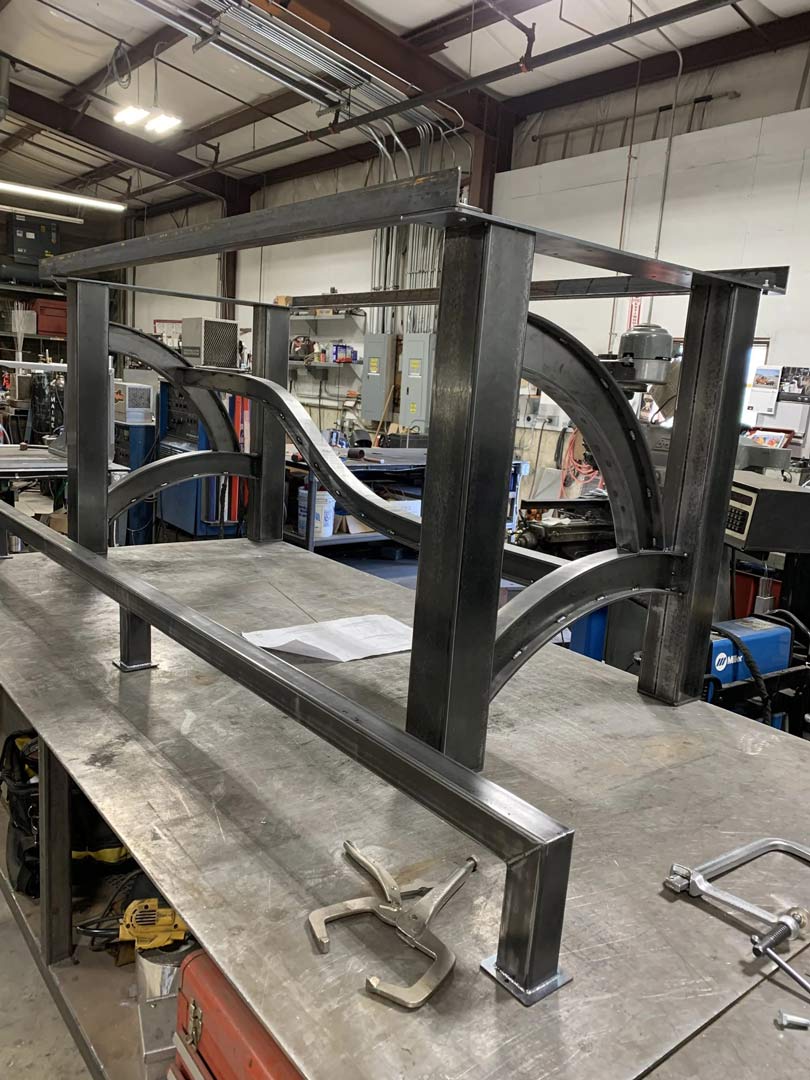WHAT ARE MISCELLANEOUS METALS

WITHIN THE CONSTRUCTION INDUSTRY, THERE ARE TWO MAIN COMPONENTS OF COMMERCIAL BUILDINGS: STRUCTURAL STEEL AND MISCELLANEOUS METAL.
Structural steel consists of elements attached to the structural frame of the building. Such as—beams, girders, braces, trusses, anchor rods, just to name a few. The essential statement here is “attached to the structural frame.”
Whereas, Miscellaneous Metals compasses all the non-structural metal components in commercial buildings. Such as stairs, railings, safety guards, bollards, gates, ladders, and light supports, as well as architectural and ornamental metal fabrication.
The history of the Miscellaneous metal specialty has been shown to have existed as long as construction. However, this specialty began growing with the development of cast iron at the beginning of the industrial revolution.
In 1779, in Coalbrookdale, England, the first iron bridge in the world was built by Darby Iron. Ironbridge (as it is called today) still exists as a national monument. The bridge is a large ornamental iron structural frame comprised of castings crafted by blacksmiths.
Even though the craft of blacksmithing is shrinking, it still is in existence and produces magnificent creations like gates, ladders, stairways, handrails, structural columns, and related ornamental metals.
With the advancement of technology and the improvement of iron to steel, the blacksmith expanded the range of structural materials. Many of the ornamental iron shops became providers of Miscellaneous Metals.
Miscellaneous Metal fabricators can claim to have diverse knowledge within the construction profession. They must produce a high-quality product because the Miscellaneous Metals are usually the only steel that remains visible after the completion of the project.


